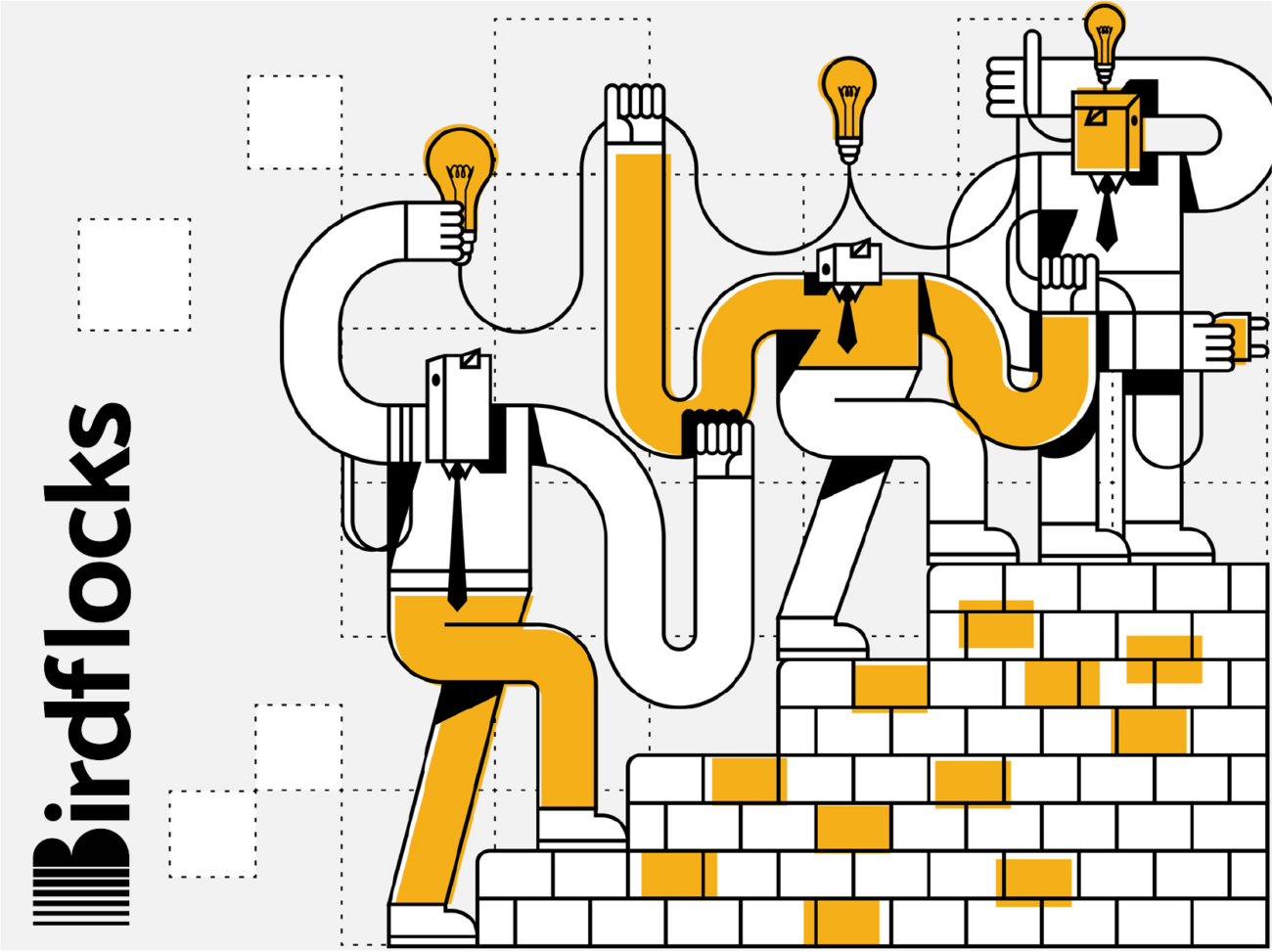Collaborate: To work jointly with others or together especially in an intellectual endeavor
Design and construction should be, by their very nature, collaborative processes. It is why the industry overuses collaborate. But is it truly collaborative?
Real collaboration comes when all parties freely share information, when common goals inform decisions, and when all participants champion the outcome. The highest performing teams in every industry work in this context. It is why we named our company Concert; because great concerts come from the passion and energy of individuals who use personal skills in a shared ecosystem to create unforgettable performances.
This level of performance requires four key ingredients:
- Leadership
- Accountability
- Strategic focus
- Transparency
We could author a doctoral thesis on any one of those topics, but for today, I want to focus on the last, in the context of collaboration – Transparency. Too often the participants reduce this idea to “open book” thinking i.e., either the designer or the contractor will share what they believe the client wants, an accounting of the budget allocations. This simplifies the idea and loses what is the collaborative value of transparency – that given the same information and the same set of requirements, effective and efficient decision making is easier to achieve. Yet, chambers fill the design and construction process to secure information because individual players believe it is too valuable to share with others or release to the public. Imagine what a concert would sound like if the instrumentalists chose to do the same. What does this look like in practical terms?
Let us break down the typical roles in the design and construction process:
- Client/Owner – Owns the business problem and commits to the investment needed to solve it
- Architect/Designer – Brings the leadership, creativity, and ability to solve the problem along with an experience base that understands the scope and level of investment needed
- Consultants – Bring specific areas of expertise that lend detail to the design solution
- Contractor/Manager – Brings the practical capabilities to manage the process of translating the design solution into built form with a deeper understanding of investment, both in time and dollars
- Sub-contractors – Provide specialist knowledge to apply and integrate systems and materials that create the built form
- Suppliers and vendors – Provide the raw materials, systems, and components that make up the final product
- Regulatory officials – Provide oversight to ensure that the process follows community norms and that the process does not create unsafe conditions for the occupants
- Users – The people who will interact with the final product either on a daily or less frequent basis.
Each role is a large subset of individuals who bring knowledge and value to the whole. Individually, each brings pre-conceptions and personal goals that may, or may not, align with the larger team. Yet, we ask all to come together to collaborate – to work jointly in this intellectual endeavor – to create the best solution that solves the original business problem.
The reality is more like parallel play as opposed to true collaboration. We define Collaboration in this context much more narrowly as working to solve specific portions of the problem while others work separately to solve their individual parts. Throughout the process, groups come together, interact for short periods of time, and then go back to their respective workplace to focus on resolving assigned tasks. Each member of the team silo’s Information, occasionally purposely withholding it to protect a perceived or real part of the team members value.
Information is the key, specifically, getting it to a place where it is common and accessible across the ecosystem. That can happen if we record and share information and make it accessible to everyone throughout the process. This is how we develop real value, where collaboration in real terms can exist. If everyone on the team understands the context used to make every decision, at the point in time of the decision, then future decisions can build from that foundation of information, adding value to the entire process.
This is the goal of Concert. Concert brings together the individual voices, talent, and ability through trusted sharing and documentation to create a transparent information infrastructure for the design and construction ecosystem.





